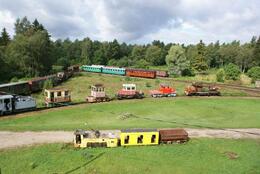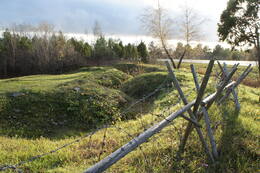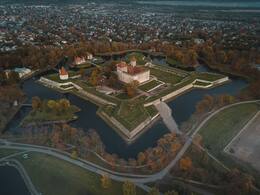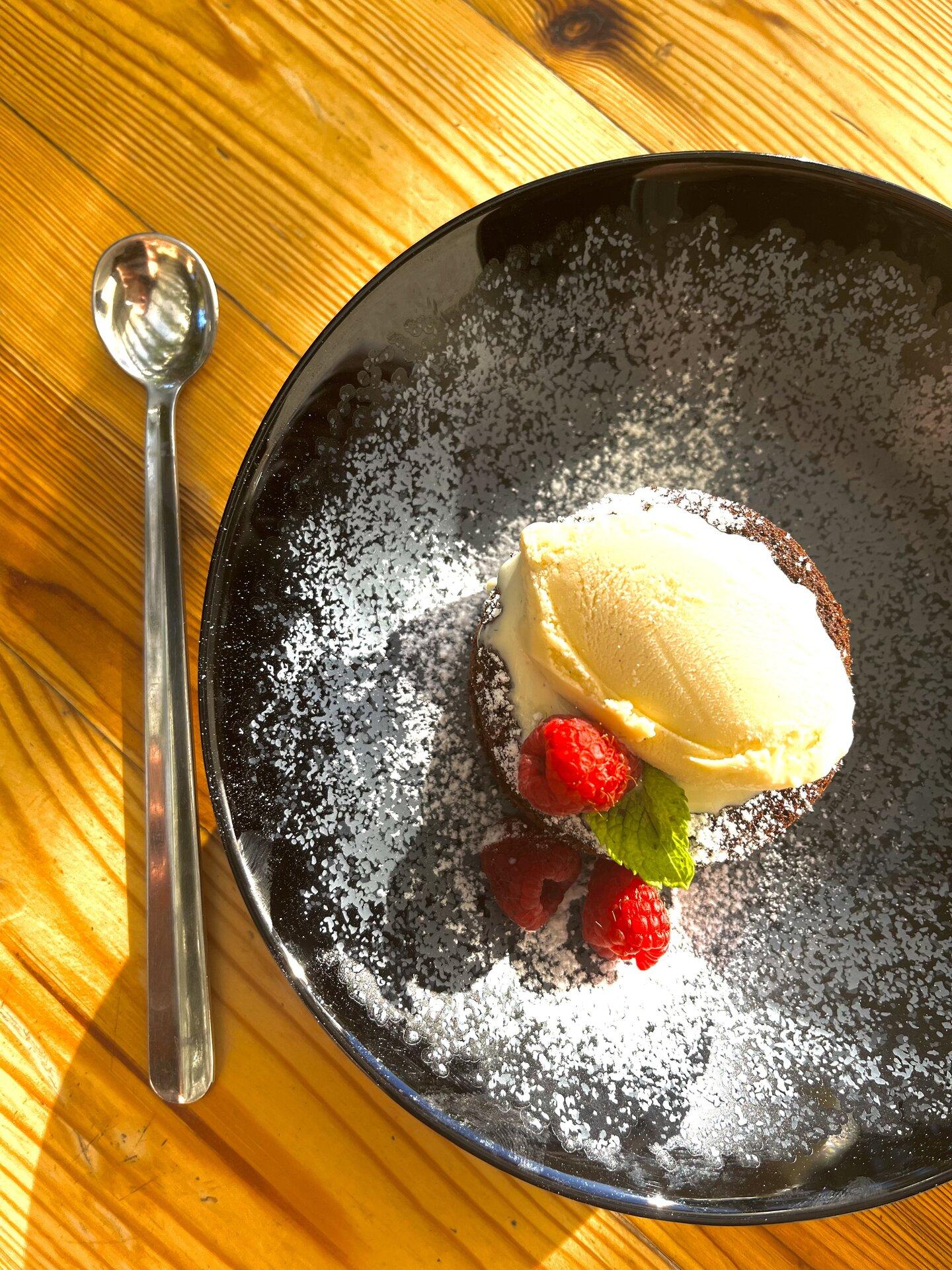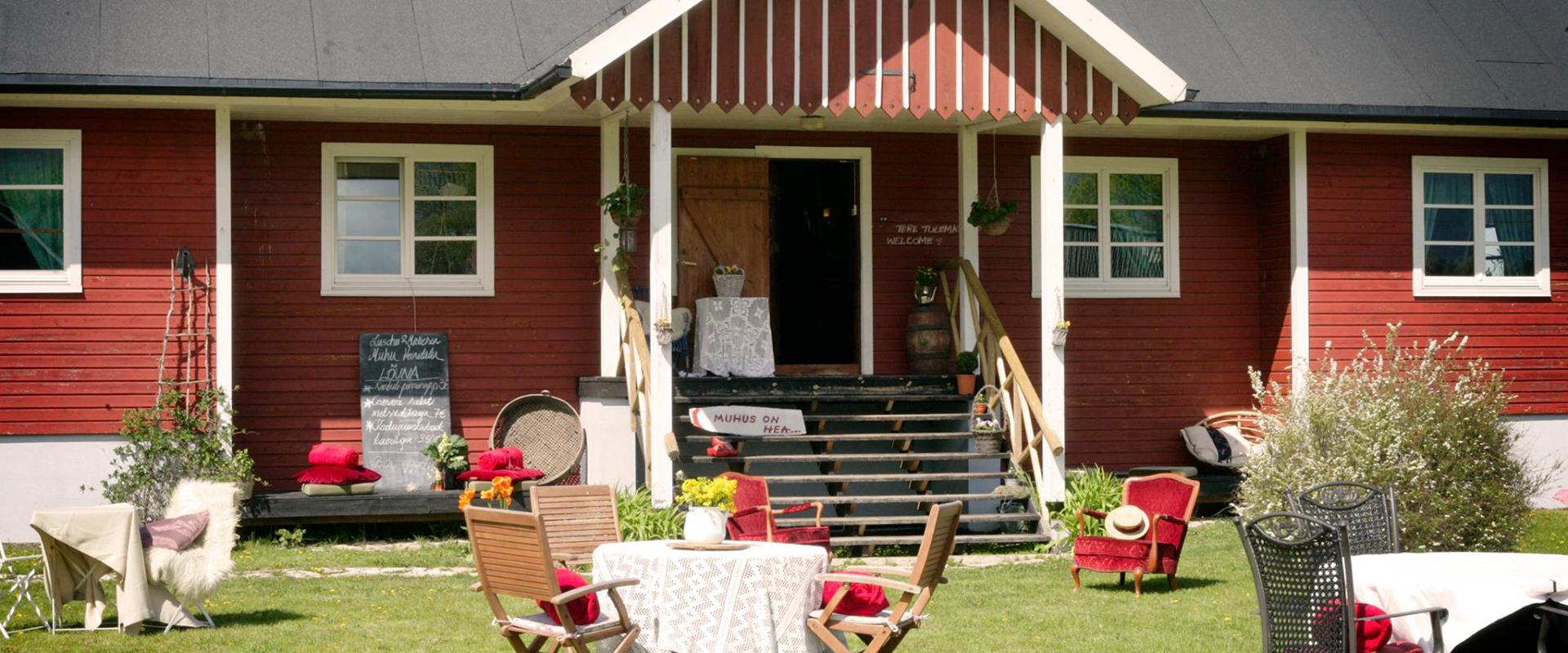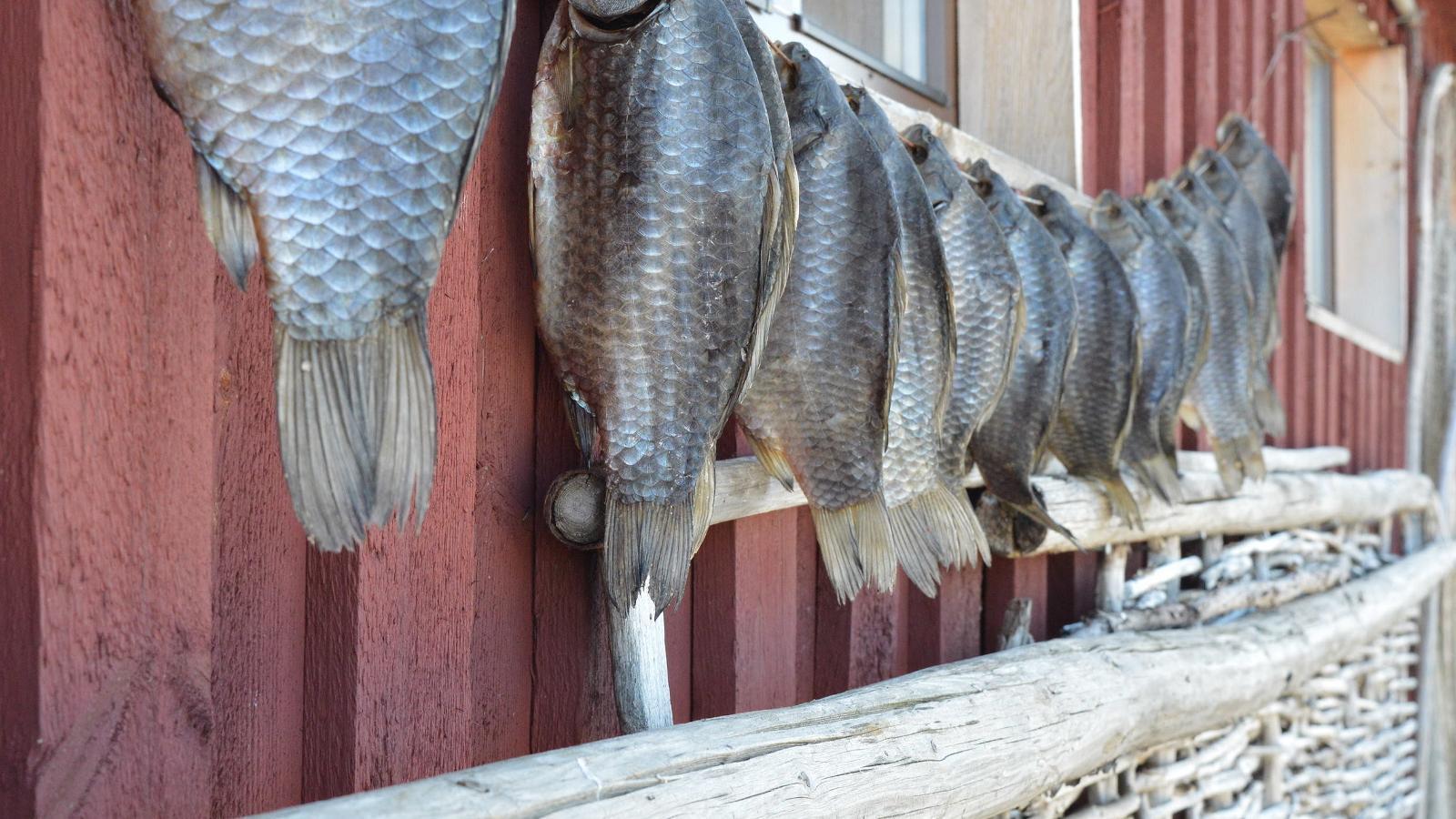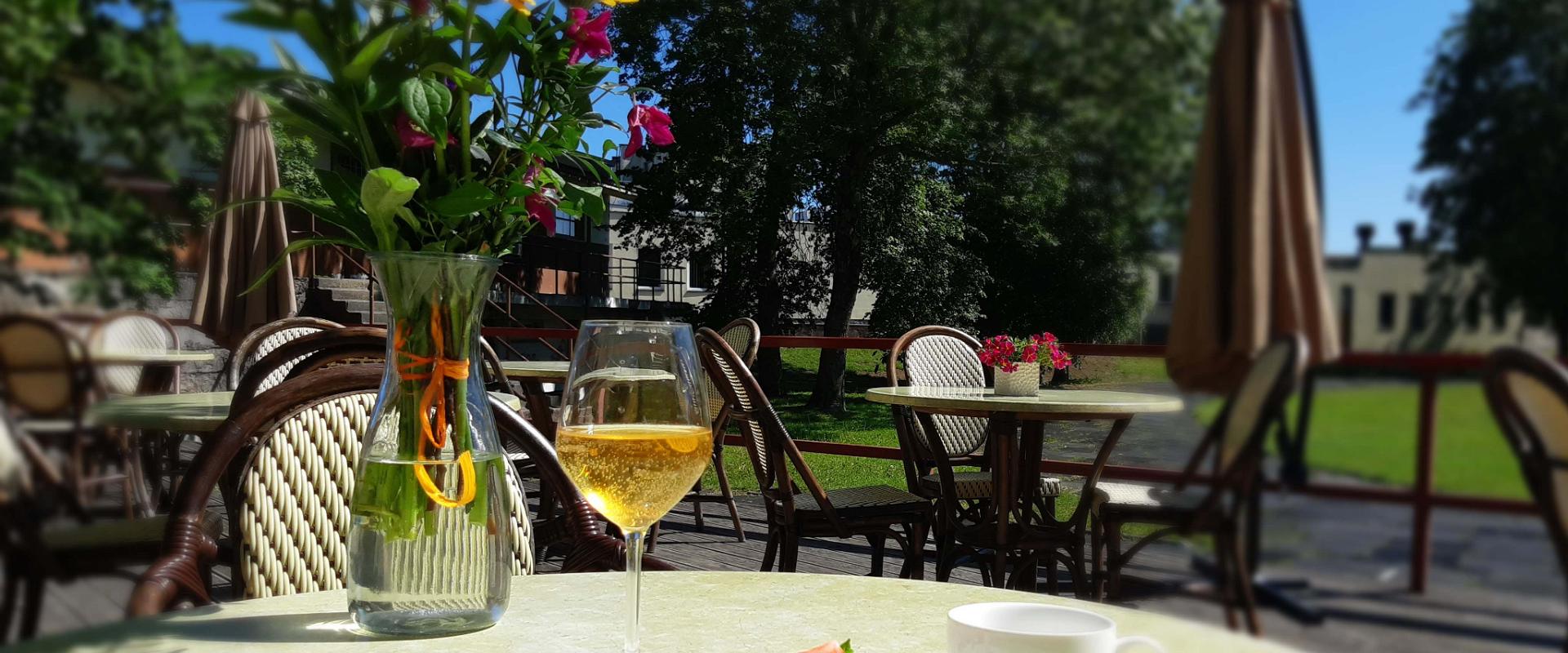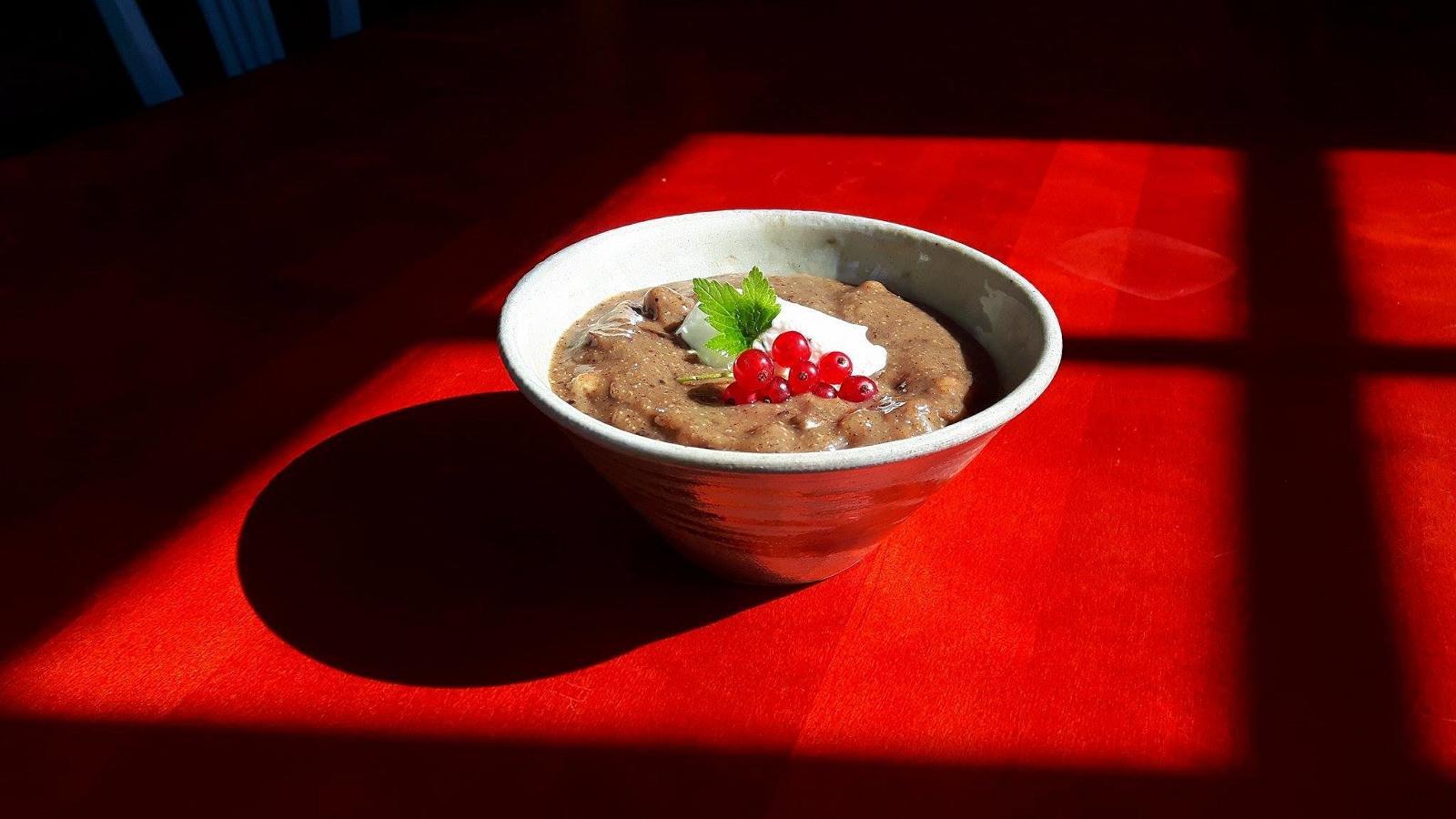Didžioji kelionė per sieną – karinis Latvijos ir Estijos nepriklausomybės 100-mečio paveldas
Diena 6.
185 km
Pärnu–Virtsu–Kuivastu–Kuressaare
Praktinė informacija
- Driving distance: ~185 km
- It is recommended to book the ferry tickets Virtsu–Kuivastu in advance. Ferry timetables and tickets here www.praamid.ee.
- Opening hours and ticket information for Estonian Railway Museum in Lavassaare museumrailway.ee. Guided tours should be booked min. 7 days in advance.
- Opening hours and ticket information for Military Equipment Museum in Orissaare sojavaramuuseum.ee.
- Opening hours and ticket information for Saaremaa Museum in Kuressaare www.saaremaamuuseum.ee. Guided tours for max 25 persons should be booked in advance.
Lankytinos vietos
Estijos geležinkelių muziejus Lavasare
The Estonian Museum Railway is situated on the old peat industry site in Lavassaare, 17 km north-east of Pärnu.
The museum is the only narrow-gauge railway museum in the country, displaying, among other exhibits, a functioning steam locomotive. It has in its collection over 80 railroad cars, including five locomotives and a variety of technical apparatus, most of it on display outdoors. The peat workers’ residential building on the museum premises houses an indoor exhibition displaying over 700 historical photos, items and documents related to narrow-gauge railways in Estonia.
The narrow-gauge network in the Governorates of Estonia and Livonia was established during the 19th and 20th centuries for the development of regional industry.
Pirmojo pasaulinio karo apsauginiai grioviai prie Veikės sąsiaurio
The clearly visible segment of World War I trenches by the Väike Strait is situated next to the Kuivastu-Kuressaare road near the popular tourist attraction of Eemu Windmill on the island of Muhu.
These trenches make up a small part of a larger area of defensive fortifications and facilities covering many kilometres. They were dug from 1915-1917 as a defensive measure against the advancing German army and were used during both world wars.
The renovated site is a great example of the military history of Muhu. This zigzagging trench is clearly visible. It is easily accessed by visitors, as it is situated right by a main road with a car park next to it. Historic wire fencing only adds to the scenery.
This example of military history complements the historic Eemu windmill, an industrial heritage site nearby, which survived World War I but was destroyed in World War II, before being restored in 1980.
Saremos karo muziejus
The Military Equipment Museum on Saaremaa was established in 2007. Its collection comprises the private items (approximately 12,000 of them) of its founding members.
The museum organises themed hikes and re-enactments of historical battles showcasing the military history of the 20th century. Covering 650 m2, the museum comprises five exhibition halls open to visitors, including an outdoor exhibition (of larger military equipment). The centrepiece of the War of Independence Hall is the machine gun wagon of the 3rd Armoured Train. The exhibition displays original uniforms, weapons and other personal equipment from the War of Independence (1918-1920). The Hall of Historical Uniforms displays the original uniforms of the Estonian Defence Forces and Defence League from the interwar era (1925-1940) and original uniforms from World War II, along with other equipment. The Hall of Weapons displays European firearms and sidearms from 1450-1970. The Hall of World War II Personal Equipment and Kitchenware provides an overview of soldiers' everyday items. The Hall of Technical Equipment displays communication devices, cannons, mortars, bicycles, motorcycles and cars.
Saremos muziejus
Kuressaare Castle is situated on the southern edge of the Kuressaare town, by the sea.
The anniversary of Saaremaa Museum, which is housed in the fortress, is celebrated on 17 February: the date in 1865 when the Society for Research of Saaremaa (Verain zur Kunde Oesels) was founded. The museum relocated to the castle in 1897. Its exhibition showcases the nature and history of Saaremaa. The largest and most noteworthy exhibit at the museum is the castle itself, which a fine example of the development of military fortifications between the 14th and the 19th centuries. Kuressaare Castle is one of the most authentic fortifications anywhere in Northern Europe.
Vietos pavalgyti
Muhu Restaurant Koost
Luscher & Matiesen Muhu Winehouse Guesthouse
Muhu Winehouse is the world’s northernmost wine tourism farm, offering accommodation for 20–30 guests in double rooms with all comforts.
The winehouse has a restaurant and a terrace, where you can enjoy our delicious dishes and fine wines. In addition, you can take part in viticulture workshops, enjoy aromatic sauna activities, or discover the island’s charms on bicycles.
There are more than 2,000 vines in the vineyard of Muhu Winehouse. The first official grape wine of Muhu Winehouse, the rose wine called ‘Algus’ (The Beginning), was made from the harvest of 2016.
We also offer wine tasting and dinners.
Welcome to Muhu! #muhusonhea
Café at the Port of Koguva
Café Pritsukas
During summers, we open a lovely terrace, you can also use our seminar room for various gatherings and events.
On the ground floor of the building, you will find an exciting handicraft and gift shop that adjoins the café; on the first floor, there is a hostel that can accommodate up to ten people.
Contact us for more information!
Tuul Resto
On Muhu Island www.muhu.info
In Kuressaare visitsaaremaa.ee
Vietos apsistoti
In Kuressaare visitsaaremaa.ee




